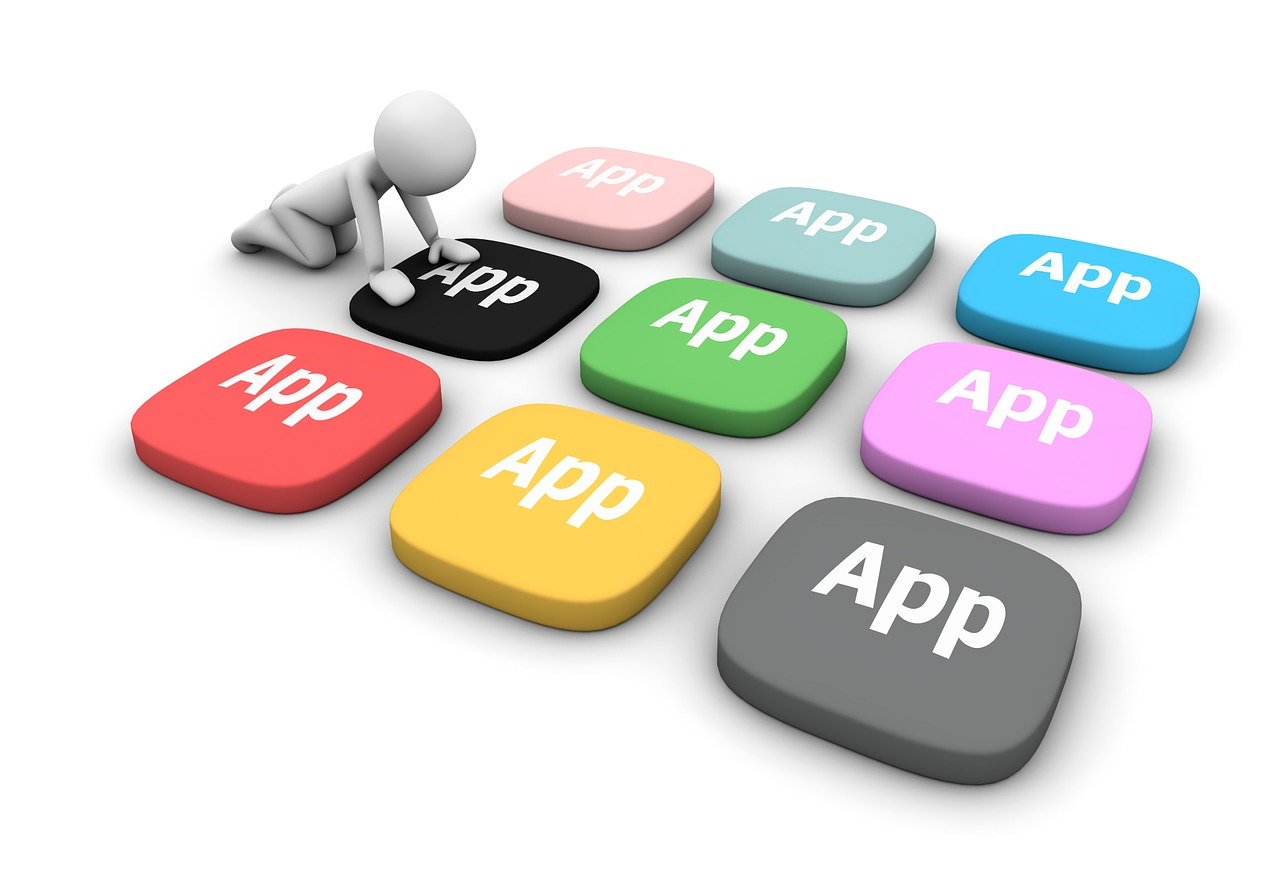How Ahrefs Group Buy Sparks a New Era of Collaboration in App Technology

Both the SEO industry and the application tools world have an interest in the emergence of the Ahrefs group buy services.
Although the service was made to offer freelancers and microbusinesses an affordable entry point to premium SEO tools, its reach extends much wider, redefining collaboration and shared access concepts in App technology ecosystems.
What was once simply a cost-saving measure has now become an active driver in the discussion around advanced collective innovation, resource pooling, and technology use democratization.
Expanding Shared Access Models
The evolution of group buy services has changed perceptions of access. In contrast to purchasing expensive individual subscriptions, developers and marketers pool their resources, thereby improving access to sophisticated analytics tools.
This model of cooperation encourages cost savings but also provides a persuasive case to application service providers to rethink the unbundled model of subscription selling to collaborative teams.
The evolution of shared access models in app ecosystems can stimulate developers to design systems that are flexible and supportive of mutual participation and shared benefits from multiple players, ranging from startups to major technology conglomerates.
Collaboration in App Development
Asynchronous communication and unified resource access accelerate projects across alliances in different geographical areas.
Communication has also expanded to include technical and digital marketing channels via app platforms.
Group buy models exemplify how collaborative communication has expanded into resource allocation. Most app developers focus on competition while largely ignoring the importance of collectivism.
If this mindset were embraced, developers may shift the competition focus to platforms that foster collaboration, resulting in a new wave of apps that operate on the co-ownership principle, promoting collective cross-functional access, teamwork, and transparency.
ALSO READ: Why App Developers Prefer Windows 11 Pro for Scalability and Security
Access to Sophisticated Tools for More Comprehensive Users
Ahrefs and other premium SEO platforms have always been inaccessible for freelancers and small-scale startups.
The app world echoes the principle that drives group buy services. Affordable access encourages competition on an equal footing, directly challenging the deep-pocket disparity.
Lower prices have the same collaborative principles as group buy services in app technology. The digital economy has the potential to burgeon with innovations from small developments.
If barriers to access don’t exist, then diversity in the app economy is supportive of unprohibited creativity.
Innovative Directions for Business Models
The growing popularity of group-buy services presents an intriguing counterpoint to software-as-a-service (SaaS) subscription models.
Spending on your app continues to be a one-to-many monologue, but customers these days are tending towards a conversation centered around value for money, transparency, and inclusivity.
Taking these steps and implementing pricing that is adaptable and collaborative may earn a firm client devotion that is increasingly rare.
This phenomenon suggests that app technology companies will likely adopt a hybrid model in the future, balancing profitability with user inclusivity.
Developers are encouraged to identify ways to analyze and borrow lessons on shared collaborations from group-buying services that have successfully penetrated diverse international markets to innovate new app types focused on collective prosperity.
Conclusion
The group-buy services we have analyzed demonstrate that collaborative purchasing is not a phenomenon driven by a desire to save on expenses.
These services exemplify collaboration in group technology that is behaviorally powerful.
We expect that as people keep on searching for novel approaches to resource sharing, collaboration, in all likelihood, will be a central characteristic of successive generation apps.


 Reddit’s community has grown so large that moderation is now one of its most visible challenges. Over recent months, the platform has noticeably increased bans and shadowbans, a move that has sparked discussions among users and developers alike. This surge highlights a larger truth: every social app that scales must also strengthen its guardrails. Moderation is not a side project anymore; it is part of the product experience itself.
Reddit’s community has grown so large that moderation is now one of its most visible challenges. Over recent months, the platform has noticeably increased bans and shadowbans, a move that has sparked discussions among users and developers alike. This surge highlights a larger truth: every social app that scales must also strengthen its guardrails. Moderation is not a side project anymore; it is part of the product experience itself.

